Many players have come through Liverpool and shone, but ended their spells without having collected a single trophy. Here, Owen Collins picks out the best XI to do so.
Throughout the course of its long and chequered history, Liverpool FC has been mainly synonymous with one thing: winning trophies.
Whether it’s our 18 league titles or our record tally of League Cups, the miracle of Istanbul or the Gerrard final in Cardiff, Joe Fagan‘s 1984 treble or Gerard Houllier’s 2001 equivalent, the lifting of silverware is etched into the Anfield DNA.
Over the years, some of the greatest footballers to play the game have plied their trade in a red shirt—as have some of the more mediocre examples of the profession.
Yet while the Igor Biscans, Djimi Traores and John Scaleses of Red folklore have walked away from L4 with at least one medal in their pockets, some who would be considered among the finest in the club’s history have brought the curtain down on their Liverpool careers without a solitary honour to show for it.
So we thought we’d try and put together the definitive lineup for Liverpool’s all-time greatest XI, with one unifying factor: none of them can have won a single trophy during their time with the club.
For clarity, we’re including all proper competitive honours—including things like the Club World Cup, Super Cup and Community Shield, as well as the Second Division—although friendly tournaments, such as the Barclays Asia Trophy, don’t count.
Everyone clear? Great. Here we go then…
Goalkeeper: Arthur Riley
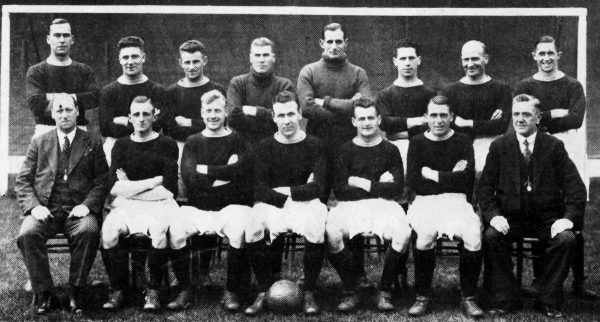
There are very few in the annals of Liverpool’s greatest shot-stoppers not to have tasted glory with the Reds, but surely the best of them is Arthur Riley, who kept guard between the sticks from 1925 to 1939.
A formidable presence who took over from the legendary Elisha Scott, the South African played 338 times for the Reds and was christened ‘Liverpool’s Colonial Keeper’ by the local press (it was a less PC time, remember…).
Riley was signed after catching the eye during a 1924 tour by South African side Transvaal; sadly, in his time at Anfield, Liverpool came closer to dropping out of the First Division than winning it, and he hung up his gloves at the end of the ’30s without a single medal to show for his efforts.
Still, he could always borrow one or two off Pegguy Arphexad…
Right-back: Jason McAteer
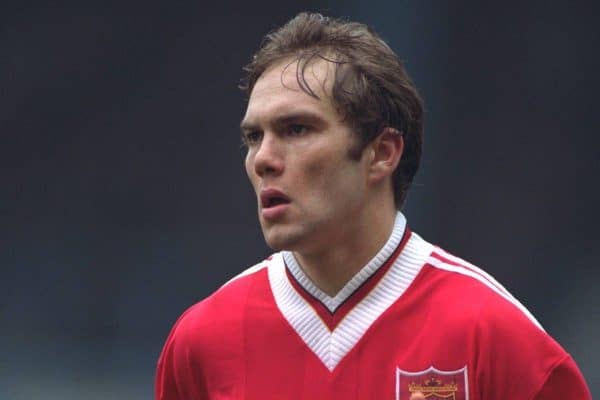
The mid-to-late ’90s were hardly a glorious spell for Liverpool, but they did at least include the high of the 1995 League Cup final win over Bolton.
McAteer played at Wembley that day, but unfortunately it was for the Trotters, and that runners-up medal was more than he ever collected after subsequently signing for the Reds the following summer.
A marauding right wing-back, for a while the boyhood Liverpool fan was surprisingly hot property, even appearing on the cover of FIFA 96!
After 139 games, six goals and no trophies, he departed for pastures new, and went on to play for Blackburn, Sunderland and Tranmere, as well as representing Ireland at the 2002 World Cup in Japan and South Korea—one of a select few to represent the Emerald Isle at two different tournaments, having also played at USA ’94.
McAteer also organised 2005’s Tsunami Soccer Aid legends game at Anfield, which raised over half a million pounds, so it’s only fair he gets a place in this team.
Oh, and because he did this. Good lad.
Centre-back: Jimmy MacDougall
Another virtually ever-present star of Liverpool’s unfortunate 1930s side, MacDougall was a Glaswegian centre-back who made his debut as a forward, in the club’s first game in front of a roofed Kop.
Moving to the back four, a further 355 appearances followed between 1928 and 1938, but despite a solid decade’s service, silverware eluded the unflappable Scot.
As some consolation, he did captain Scotland during his Reds tenure, and by strange coincidence he died within a couple of weeks of Arthur Riley, in July 1984, by which point his old club had more than made up for their dry decade half a century before.
Centre-back: Mamadou Sakho
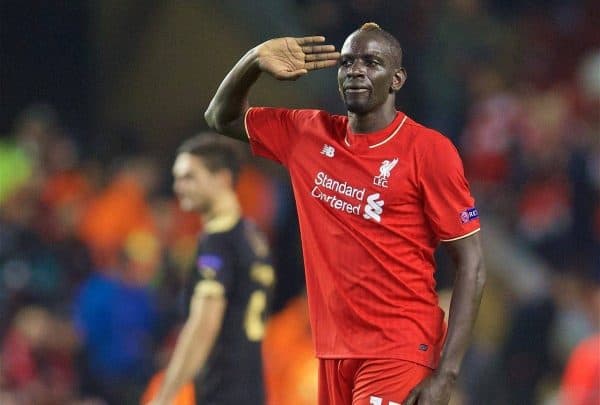
A controversial choice, perhaps, but on his day, Mama was a joy to watch—although perhaps as much due to his often-erratic defending as his obvious talent.
It would be fair to call the Frenchman a cult hero, who would regularly have you on your feet in one half and watching through your fingers in another, but he was a regular member of the back line as Liverpool surged towards the title in 2013/14.
His best season was probably also his last, almost unshiftable from the centre of defence as the Reds fell just short of a cup double in 2016.
His pain at being substituted at Wembley in the League Cup defeat showed the depths of his passion, whilst surely his finest hour—scoring a header against Dortmund in one of Anfield’s greatest European nights—came just weeks before a terribly handled doping allegation that effectively ended his Liverpool career.
A Sakho-less Reds surrendered to Sevilla in the Europe League final, and Mama spent the summer pissing on his proverbial chips with Jurgen Klopp until a sad, sour departure was the only option.
Left-back: Eddie Spicer
The little-known left-back signed for Liverpool back in 1939 as a 17-year-old, but the small matter of fighting with the Royal Marines in World War Two meant the Scouser didn’t actually make his official debut for another seven years.
Although the Reds went on to win the league in the 1946/47 season, Spicer only played 10 times—enough to guarantee a medal today, but not then.
In the 1949/50 season, Spicer made 44 appearances, and once again came agonisingly close to glory as part of the side that lost the 1950 FA Cup final to Arsenal on Liverpool’s Wembley debut.
Having fought back from a dreadful leg fracture that ruled him out of the whole 1951/52 season, Spicer regained his place for the next 18 months before another injury—sustained in a collision with his own goalkeeper—broke his leg in 19 places, and he was forced to retire after 168 games and two goals in a red shirt.
He passed away on Christmas Day 2004.
Defensive Midfield: Javier Mascherano
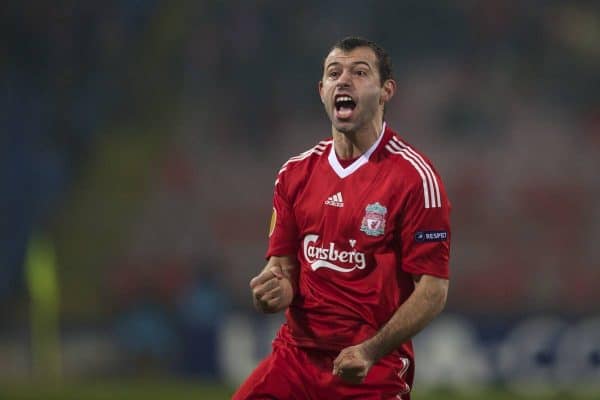
The stocky Argentinian arrived in English football as part of yet another of West Ham’s dubious deals, but by the time Masch moved to Anfield on loan in January 2007, the former Corinthians man looked anything but dodgy.
The tough-tackling Jefecito immediately slotted into Rafa Benitez’s team, and was unlucky not to earn his first medal with the club after less than a dozen games, putting in a stellar but unsuccessful showing in the Champions League final defeat in Athens.
Described as “a monster of a player” by Diego Maradona, Mascherano certainly had a ghoulish disciplinary record, including his notorious red card against Man United for endlessly haranguing referee Steve Bennett.
His passion and ferocity were what endeared him to the Kop, however, and he was part of the side that nearly stormed its way to the Premier League title in 2008/09.
His head was turned by Barcelona that summer, and although he played nearly 50 times the following season his eventual departure to the Nou Camp in 2010 felt grimly inevitable.
Although his time with Liverpool ended empty-handed, he did earn the distinction of being the club’s first-ever Olympic gold medalist, triumphing in Beijing in 2008.
Aged 35, he’s still turning out for Estudiantes, believe it or not.
Right Midfield: Jimmy Payne
A childhood Everton fan, Jimmy Bolcherson (yes, Bolcherson) Payne was nevertheless a highly skilled part of the Reds’ lineup between 1948 and 1956.
Such was his ability, he earned the nickname ‘the Merseyside Matthews’, although whereas the real Matthews was immortalised in the 1953 FA Cup final, the closest Payne came was a runners-up medal three years earlier, alongside Eddie Spicer.
Dropping down to the Second Division with the Reds in 1954, injuries often got the better of him, but he still reached a more-than-respectable total of 243 games with the club.
He crossed Stanley Park in 1956 to join his boyhood team, but managed only six appearances before those same injuries forced him to retire before his 30th birthday.
His football career finished, Payne started a new life as a newsagent, and passed away in January 2013.
Left Midfield: Alf Hanson
Adolph Hanson (you can see why he went with Alf) joined Liverpool in 1931 after an unsuccessful spell with Everton—so it must’ve been extra-sweet for the Bootle-born winger when he scored only his second goal for the Reds in a 7-4 mauling of their neighbours in February 1933.
Blessed with “a left boot which put fear into the hearts of goalkeepers,” according to the Echo at the time, Hanson scored 52 times in 177 appearances, not far off one in three and a highly respectable total given the struggles of the team overall at the time.
He became the club’s record sale when he joined Chelsea for £7,500 in 1938, but returned in unofficial wartime games to score another three times in a 16-game swansong.
Post-war, Hanson moved to Shelbourne, in the League of Ireland, where despite being player-manager he finished the 1946/47 season as the league’s top scorer—a possibly unique achievement.
He was also a professional baseball star, featuring for both Blackpool Seagulls and the England national team, and he died in October 1993, having lived to see his Scottish namesake Alan captain his old club to the silverware that sadly eluded him.
Attacking Midfield: Philippe Coutinho
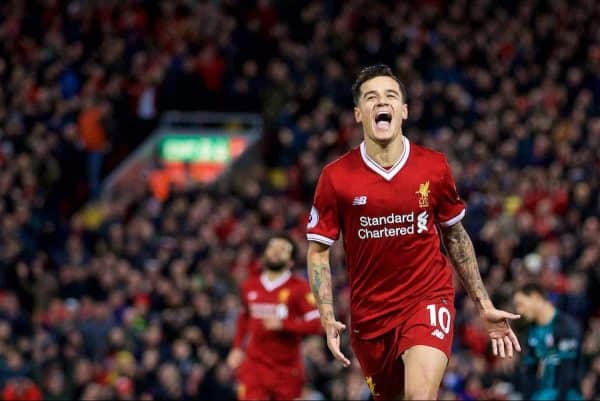
The most recent Red in the XI, few had heard of the diminutive Brazilian when Brendan Rodgers brought him to the club from Inter Milan in January 2013—for a frankly ridiculous £8.5 million.
Although he could sometimes go missing, it’s the moments of wonder he produced—scoring some absolutely worldies against some of our biggest rivals—that he’ll be remembered for.
It was unlucky for the No. 10 that despite being one of our most naturally gifted midfielders for years, for the majority of his spell at the club he was one of only a handful of truly world-class players turning out for the Reds.
Coutinho joined at the beginning of Rodgers’ finest period as manager, and left before Klopp’s rebuilding project fully came to fruition.
Perhaps unlucky to only leave with two 2016 runners-up medals, his somewhat acrid transfer to Barcelona at least gave us the funds to buy Virgil van Dijk, who in turn was so instrumental to European glory last June.
Without that tenuous contribution, then, it’s fair to say this trophyless team would’ve been an awful lot easier to assemble.
Striker: Gordon Hodgson
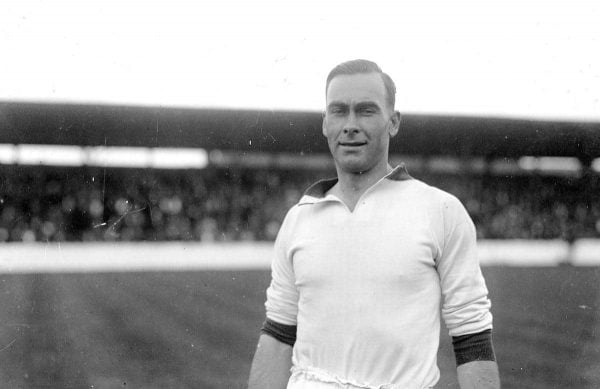
As one of the more familiar names from Liverpool’s pre-war cohort, many might be surprised to learn that the popular South African somehow left Anfield with the same number of trophies that he arrived with.
For many years the club’s all-time top scorer, and still third overall with 241 in 377 games, Hodgson boasts more top-flight goals for the Reds than anyone else.
Another acquisition from Transvaal, the ridiculously prolific striker holds the club hat-trick record, with 17, a feat that will surely never be bettered (his closest current challenger is Mo Salah, with two…).
“Downright greed” was how the Liverpool Echo referred to the team’s strike force of Hodgson, Dick Forshaw and Harry Chambers, and the forward certainly didn’t rest on his laurels.
Not content with being one of the best footballers of his day, Hodgson also played first-class cricket for Lancashire, and gained a handful of international caps for both South Africa and England, for whom he scored once in three games.
If that wasn’t success enough, he even had a biscuit named after him, an enterprising fan flogging ‘Hodgson’s Choice’ ginger nuts to hungry Kopites on matchdays!
After spells at Leeds and Aston Villa, Hodgson went into management, and nearly landed the Liverpool job upon George Kay’s resignation in 1951.
He was overlooked, however, and just a few weeks later, inoperable throat cancer took one of the club’s first-ever icons at the tragically early age of 47.
Striker: Fernando Torres
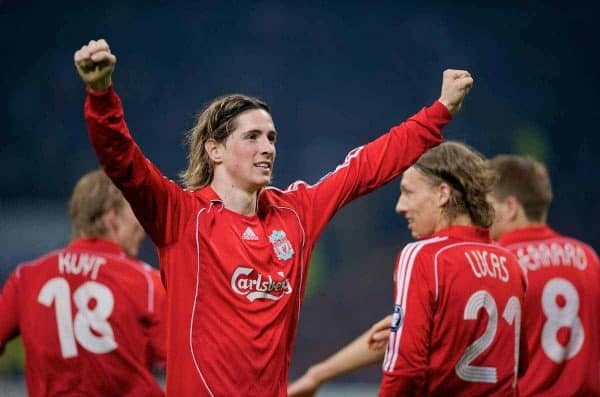
Leaving the best till last? For a while, before the arrival of Messrs Suarez and Salah, Nando was one of the finest strikers many Reds fans could remember.
Arriving from Atletico Madrid in 2007, Torres made an instant impact on Kopite hearts, as he did on the goalscoring charts, ripping up records left, right and centre and overtaking Ruud van Nistelrooy’s claim to most goals by a non-Brit in a debut top flight season.
Despite recurrent injury struggles he still spearheaded the 2008/09 title charge, leading the line for what was one of the most breathtaking Liverpool sides for a generation.
Torres was indisputably one of the world’s best strikers, as underlined by double international glory with Spain, as well as a tally of 81 goals in 142 appearances in Red.
It was a shame, to say the least, when such an icon as El Nino left under the cloud that he did, jumping ship for Chelsea midway through the 2010/11 season, becoming Liverpool’s record sale in the process.
Although his reputation has undergone a bit of a re-evaluation in recent years, he still cuts a divisive name.
Fans can rest assured with the consolation that perhaps more than any other fans we truly witnessed his best years, with his form and mood dipping big-time after his move to Stamford Bridge.
Maybe the realisation that he was leaving Anfield with the same amount of medals as Milan Jovanovic started to get to him?
Substitutes
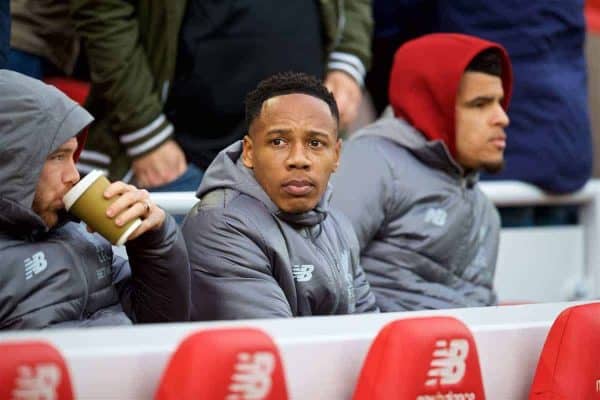
GK: Ken Campbell
Born in the same year as the club itself, the Scot carried the torch between the departure of Sam Hardy and the arrival of Elisha Scott, making 142 appearances split either side of the First World War and featuring in the 1914 FA Cup final defeat to Burnley.
He later played for Partick Thistle whilst still living on Merseyside!
Just edging out Alvaro Arbeloa and John Molyneux, Clyne is something of a forgotten man nowadays, but until his dreadful spate of injuries he was Mr. Dependable at right-back, and an unshiftable presence before Trent Alexander-Arnold’s emergence.
On the bench in Kyiv, it must’ve been tough to watch his team-mates win the biggest prize of all in Madrid whilst marooned on loan at Bournemouth.
Tom Morrison
Another standout from the barren ’30s, the Scottish centre-back made 254 appearances for the Reds from 1928 to 1934.
His time at Liverpool ended strangely when he was reported missing after failing to turn up for a Central League game in 1935; although eventually found, he never played for the Reds again, moving to Sunderland and ironically winning the league in his only season on Wearside.
Tiny Bradshaw
Despite his nickname, Tiny was a giant centre-back who was as unpassable to the opposition as he was immoveable from the heart of Liverpool’s defence between 1930 and 1937.
Bradshaw played 291 games for the Reds, captaining them from 1931 to 1934—only four other captains since have failed to win honours with the club (Tom Cooper, Matt Busby, Johnny Wheeler and Paul Ince).
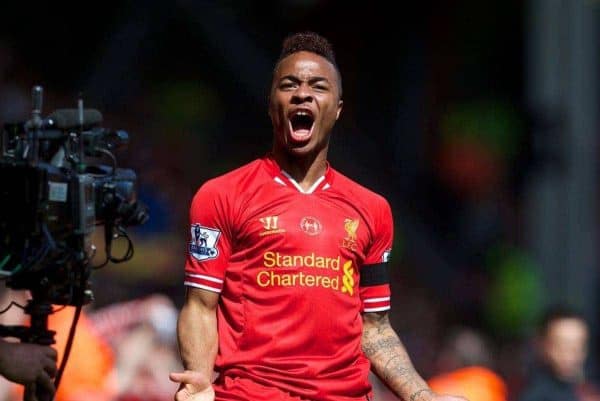
Raheem Sterling
Unfairly vilified by tabloid rags like the S*n, but still understandably viewed as a snake in the Anfield grass for the manner of his exit.
Undeniably talented, though, and at the time probably the best player to emerge from the academy since Steven Gerrard.
Went on to get knocked out of the Champions League four times with Man City.
Bobby Graham
With 42 goals in 137 games, Graham kept opposition ‘keepers occupied between the end of the Roger Hunt/Ian St. John era and the dawning of the John Toshack/Kevin Keegan days.
It was the former duo’s dominance that meant he missed out on a place in Liverpool’s first-ever FA Cup-winning side in 1965, but he’ll always have a blistering hat-trick on his league debut to look back on fondly instead.
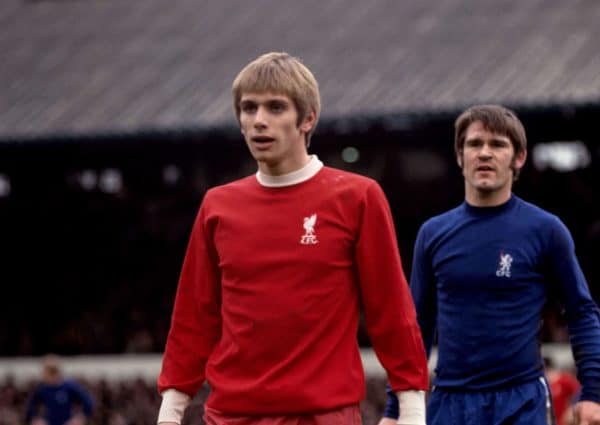
Alun Evans
Signed by Bill Shankly in 1968 as Britain’s most expensive teenager, Evans scored 10 minutes into his Reds debut to underline the vast potential he brought with him.
Although that potential was never fully realised for the handsome lad from Kidderminster, three goals against Bayern Munich in the Fairs Cup in 1971 helped endear him to the Anfield faithful, but a succession of injuries saw him move on after 111 games in four years.
Manager: Brendan Rodgers
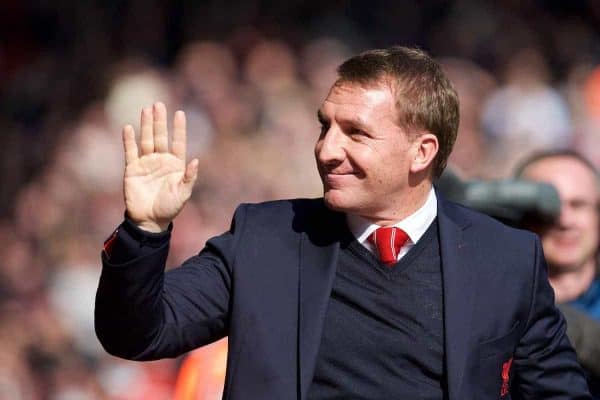
Well, it wasn’t going to be Roy Hodgson, was it?
Few other managers in our history have divided opinion like the Northern Irishman, and few have had such varying fortunes—on the one hand, he took Liverpool back to Wembley in 2015 after a three-year absence; on the other, we got humiliated by relegation-threatened Aston Villa when we got there.
But whether you think of him as the new Pep Guardiola or the new David Brent, he took the Reds closer to the promised land of Premier League glory than anyone else (until his replacement strolled in from Dortmund, that is) and was also responsible for bringing Joe Gomez, Roberto Firmino and James Milner to Merseyside—laying at least a few foundations for the resurgent empire currently being assembled by his successor.
If his man-management never convinced, then at least his dignified and moving words at the Hillsborough memorial service in 2014 proved that he understood the heart and soul of the club, extending beyond the white lines of the Anfield turf itself.
* This is a guest article for This Is Anfield by Owen Collins. Follow Owen on Twitter, @OGBCollins.
Statistics courtesy of LFCHistory.
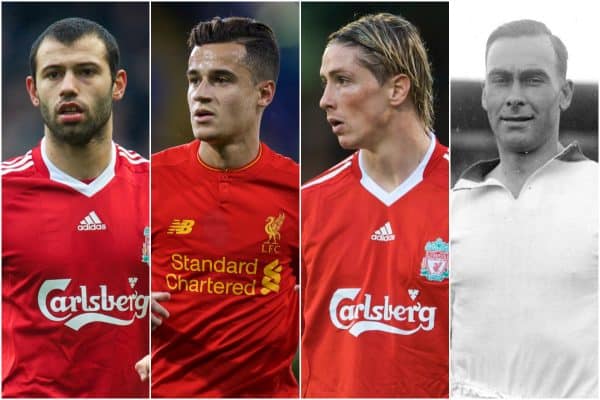
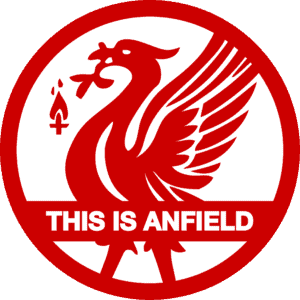
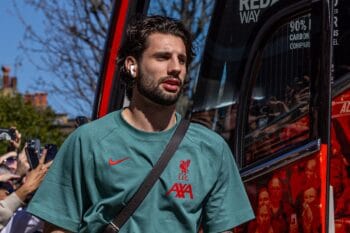
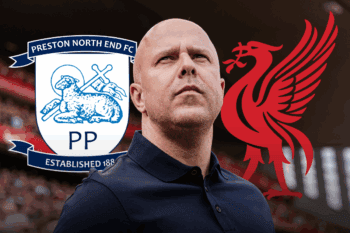

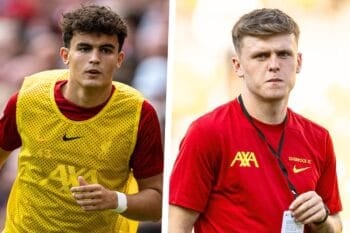
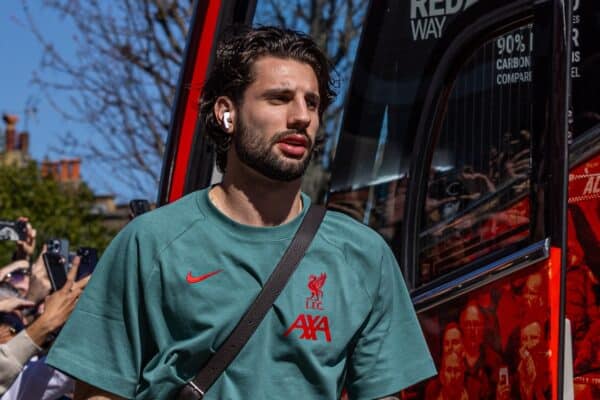
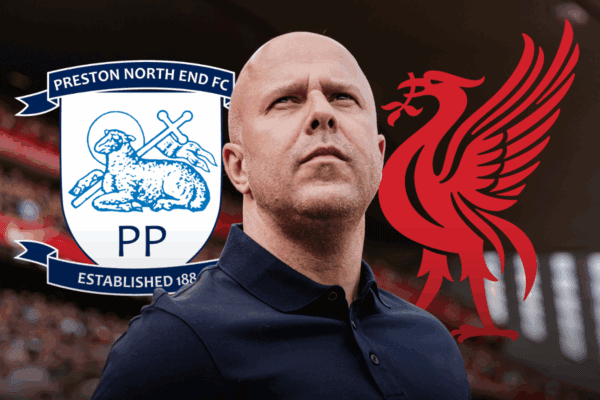

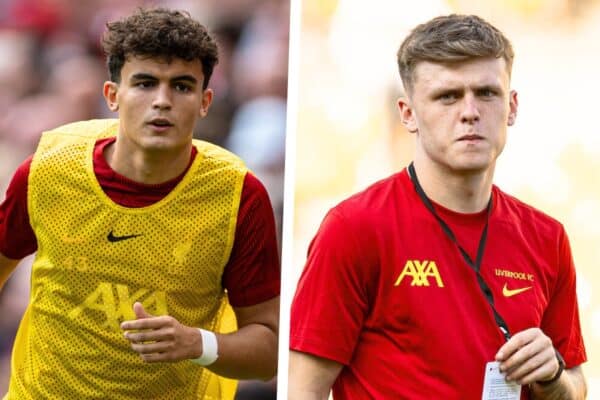
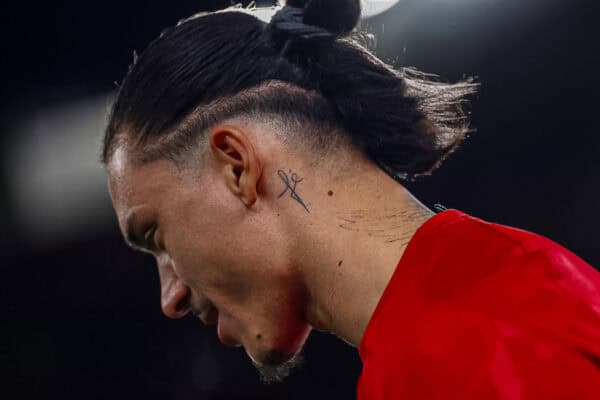
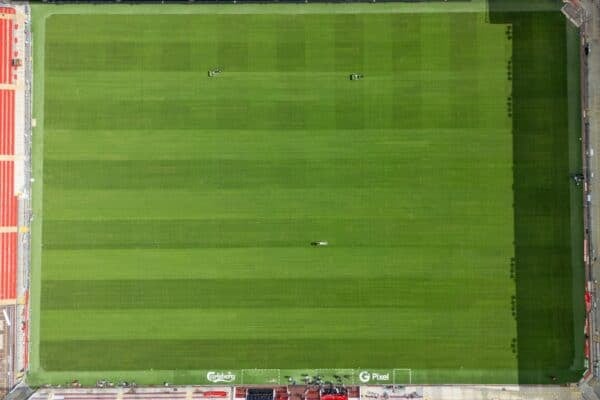
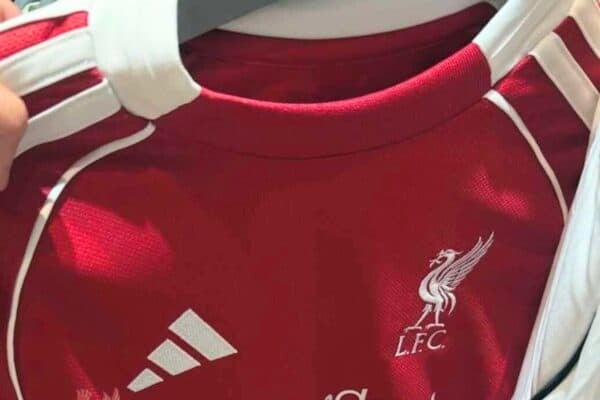
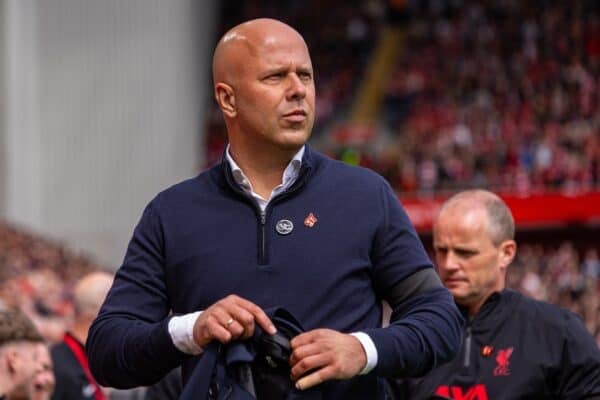





Fan Comments